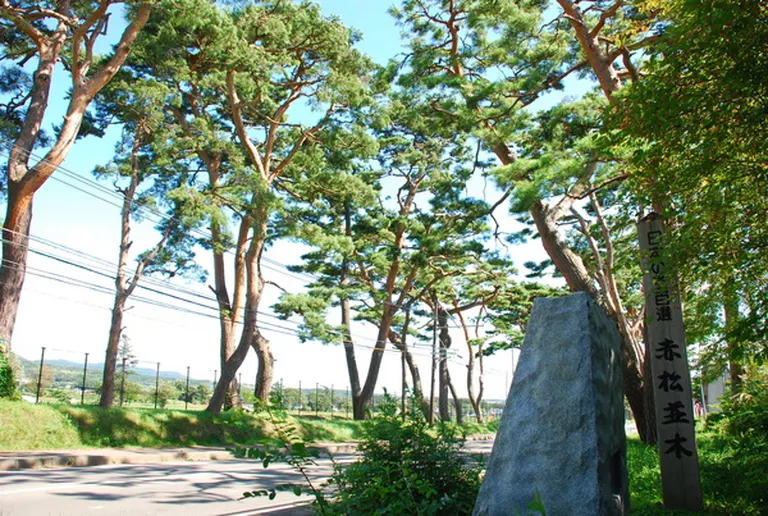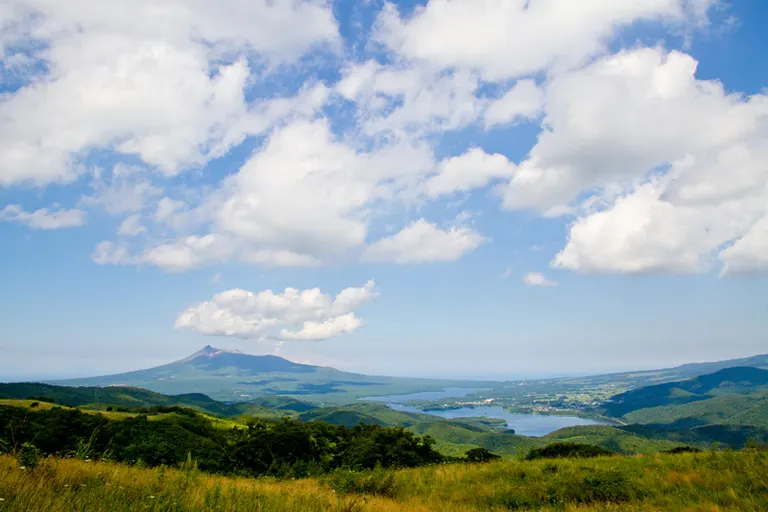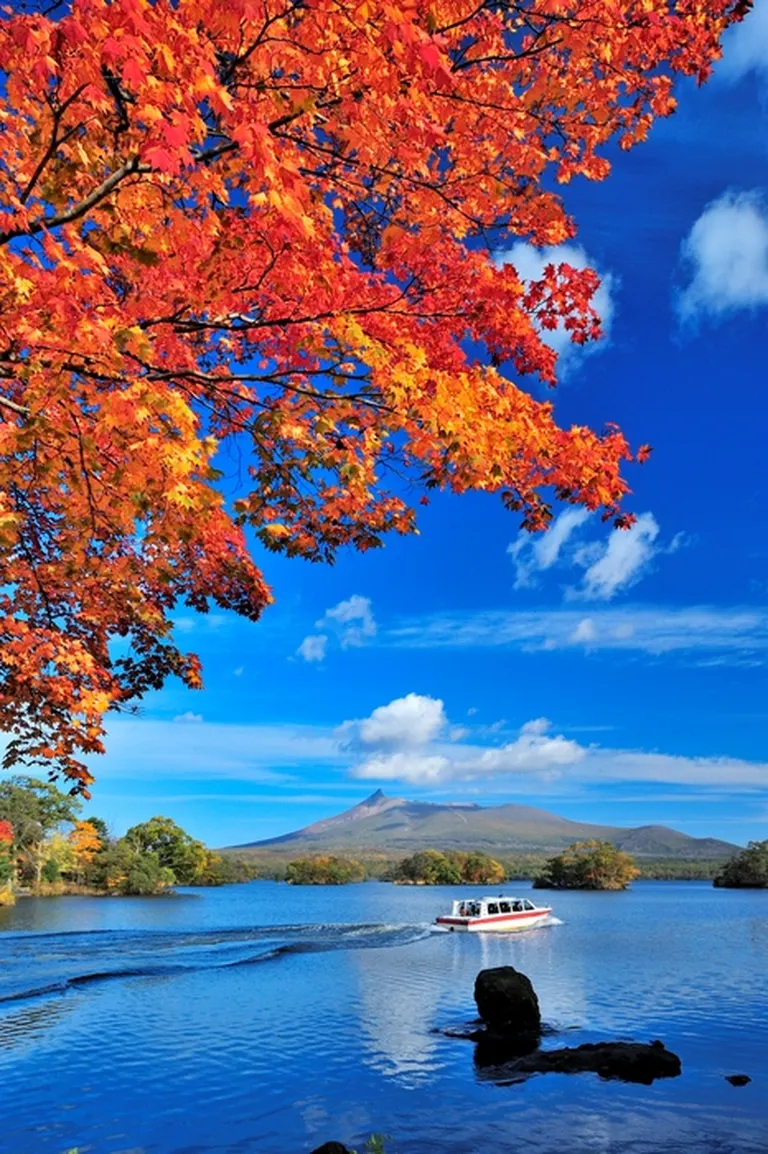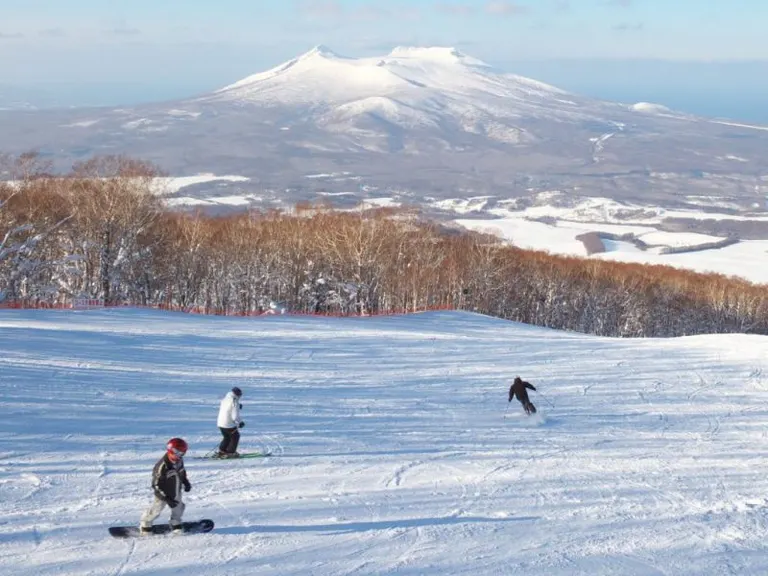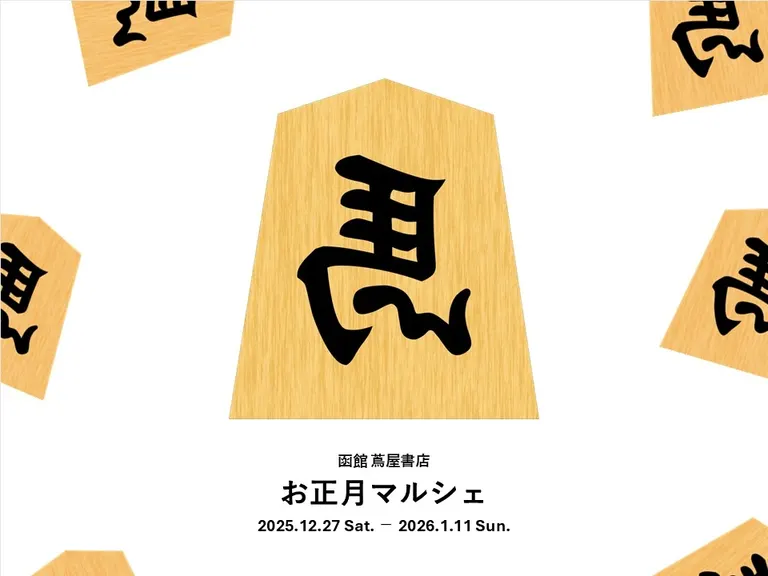SPOT
Red Pine Road
In 1858, at the end of the Edo period, Sebei Kurimoto, head of the Hakodate Magistrate's Office at the time, brought red pine seeds from Sado Island and planted large seedlings in the Goryokaku area.
Later, in 1876, a considerable number of seedlings were transplanted along the Sapporo main road (National Route 5) in commemoration of the Emperor Meiji's visit to the Nanae Kangyo Division Testing Center.
This was the beginning of the rows of red pine trees.
In 1986, the road was selected as one of the 100 best roads in Japan, and in 1990, it was named "Akamatsu Kaido (Red Pine Road)" as part of the Road Day nickname contest.
In 1996, it was also selected as one of the "Historic National Highways," which indicates that the road has been used as a historically important highway and has historical and cultural value.
The red pine road stretches 14.3 kilometers from Kikyo-cho, Hakodate to Aza-Toge-Shita, Nanae-cho, but the number of trees has decreased due to development before the current protection measures were taken, and the most beautiful section with the largest number of preserved trees is the 2 kilometer section from Onakayama to Narukawa-cho, Nanae-cho.
The most beautiful season is from early summer to autumn, when the road becomes a tunnel of green, and the rows of red pine trees, which have been "komomaki" to control pests, are also tasteful and form a wonderful landscape. Although Aomori Prefecture is considered to be the northern limit of the natural distribution of red pine trees, some of the trees are more than 130 years old, despite the difficulty of growing under the harsh natural conditions of Hokkaido.
The historical rows of pine trees that tell the story of Hokkaido's development have aged over the years and have been affected by exhaust gases and fallen or dead trees.
Location
Nanae-cho, Kameda-gun, Hokkaido
The information is current as of March 2021.
Please check the official website for details.



